Ruby Valley is a remote village in Nepal. Located between the Langtang National Park and the Manaslu Conservation Area, Ruby Valley is a relatively lesser-known destination for treks in Nepal. This rural area in Dhading district officially opened to trekkers in June 2012 as a new off-the-beaten-path trekking experience in Nepal. At the foot of the Ganesh Himal range to the southwestern part of the country, Ruby Valley has Ganesh Himal as its highest peak, standing at 7,422 meters.
It starts from Syabrubesi or Dhading Besi, around 89 km from Kathmandu. Ruby Valley trekking offers a snow-capped mountain panorama from Ganesh Himal, Langtang Lirung, Manaslu, Paldor Peak, Annapurna, and other various peaks to Dorje Lakpa and Machhapuchhre. The walk goes up from an elevation of 1,000 to 4,500 meters, proceeding through the lushness of forests, alpine meadows, and boulders. Dramatic landscapes with scenic valleys, beautiful waterfalls, and other features are also to be seen.
The name Ruby Valley is derived from the abundant ruby minerals found in the area. It is believed that deposits of rubies, crystals, zinc, and other minerals are held in the Ganesh Himal range, adding to the richness of natural resources in the valley. Most of Ruby Valley Trek's overnight accommodation is provided in homestays, offering an authentic cultural experience among the Tamang and Gurung communities. Interaction with these people will give you immense depth into the local way of life and allow you to view the trek more uniquely. Several trekking routes are found in Ruby Valley, and each route delivers a different experience. Major routes of Ruby Valley are the Ganesh Himal-Ruby Valley Trek, Ganesh Himal Base Camp Trek, and Pangsang Pass Trek. The area is ideal for anyone who wants to trek into a non-crowded and pristine area close to Kathmandu Valley.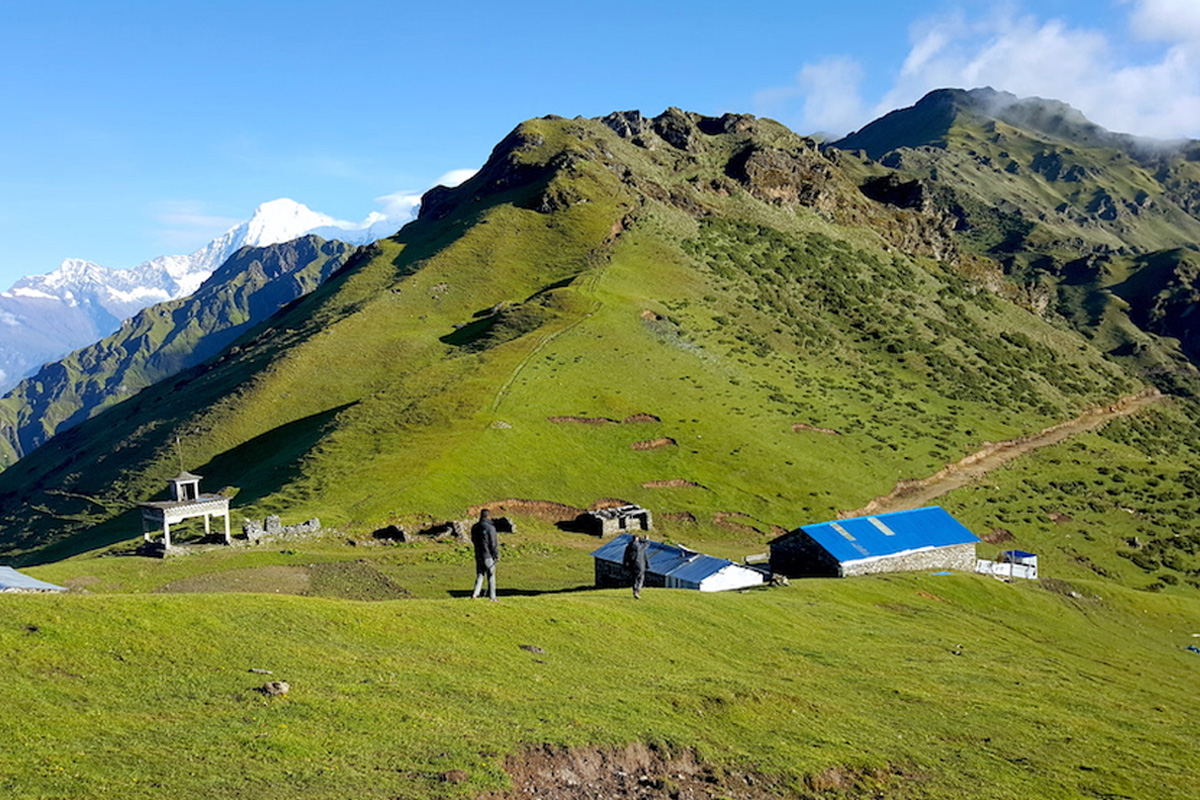
Ruby Valley trek starts from Dhading Besi and goes as far as the Borang Village at 1,700 meters, where you will pass through lush forests and terraced fields with views of the Ganesh Himal range. At Borang, be greeted with warm hospitality and a glimpse of village life in local homestays. The continuing path leads to Chalish Village at 1,800 meters, with blooming rhododendrons in spring that add vibrant colors to the landscape. The Ghatu dance groups from Gurung, Ghale, and Dalit communities reflect the rich culture of this area. Chalish rest camp is an opportunity for local exploration or to spend a leisurely day, bonding better with the Gurung culture.
Tipling at 2,087 meters is the next destination of the trek. It is an old Tamang and Ghale village with small monasteries and a school. The path offers great views of Langtang Lirung and other summits of the Langtang Himal. The strenuous climb up to Pangsang Pass at 3,850 meters, is packed with a breathtaking panoramic view of the Himalayas from Ganesh Himal, including the Manaslu and Langtang ranges. The walk down to Somdang Village at 3,320 meters is inclined to be long because of the beautiful viewpoints along the way, but this is compensated by the delightful, very basic but comfortable homestays.
Then, the trail reaches Gatlang, a beautiful village at 2,238 meters, with stone houses and rich cultural heritage. With the overwhelming view of the Ganesh Himal, you can enjoy spectacular views of Langtang. The final stretch brings you down to Syabrubesi at 2,380 meters, where the path winds through forests with high biodiversity. Each step of the journey offers close encounters with nature, magnificent mountain views, and the warmth of local communities. The trek concludes with a drive back to Kathmandu, leaving you with unforgettable memories of stunning landscapes, rich cultural experiences, and breathtaking mountain views.
How long is the Ruby Valley Trek?
The Ruby Valley trek is a breathtaking adventure that typically lasts 7-14 days, depending on the chosen route and walking pace. The most popular Ruby Valley itinerary is a 7-day trek, covering around 320 km from Kathmandu via driving and hiking. This route generally involves hiking for 6-7 hours each day.
One of the trek's highlights is reaching Pangsang Pass, the highest altitude on the Ruby Valley Trek at 3,850 meters. The journey might be extended by a few days due to unpredictable weather or the need for extra acclimatization time.
The Ruby Valley trek has two main routes, Dhading and Syabrubesi, with the trek's duration depending on the chosen path. While the 7-day itinerary is the most common, a customized Ruby Valley trek can be arranged to suit specific preferences.
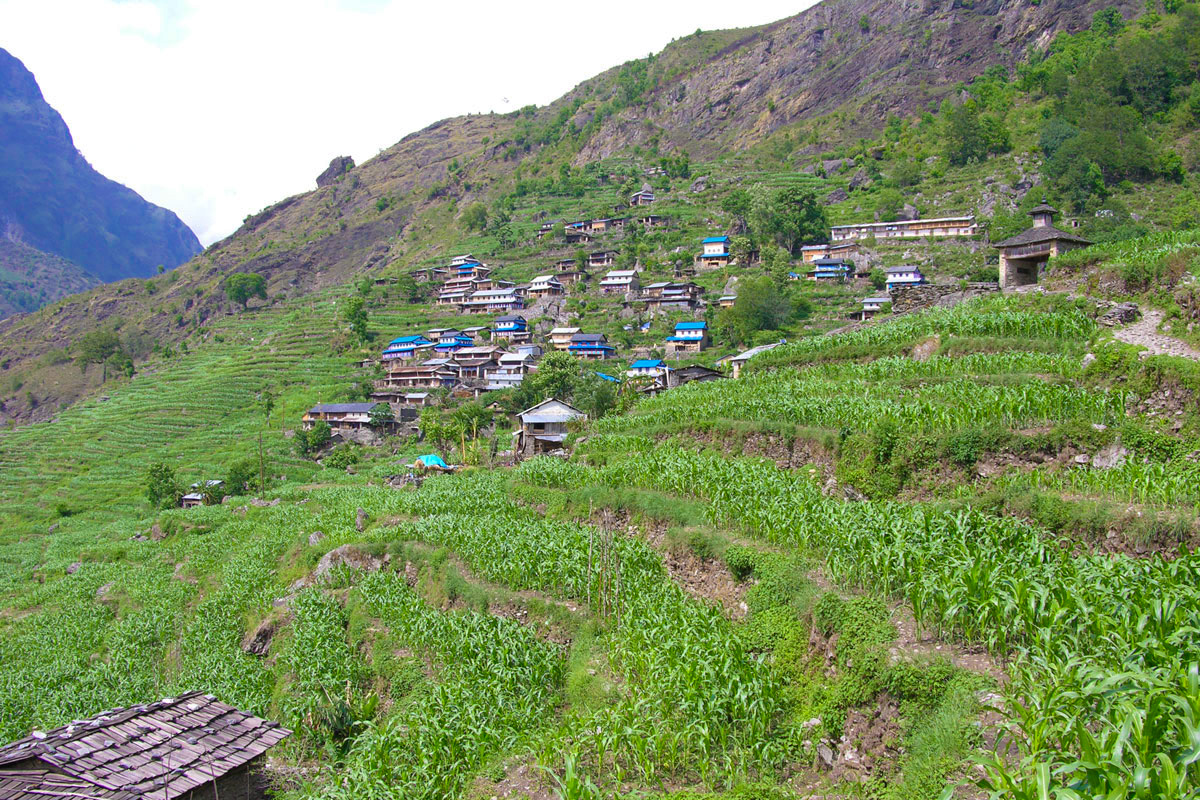
Itinerary Details for Ruby Valley Trek in Nepal
Day 1: Drive from Kathmandu to Dhading Besi
Drive Time: 3-4 hours
Day 2: Trek from Dhading Besi to Borang Village
Altitude: 1,700 m
Trekking Hours: 5 hours
Day 3: Trek from Borang Village to Chalish Village
Altitude: 1,800 m
Trekking Hours: 3-4 hours
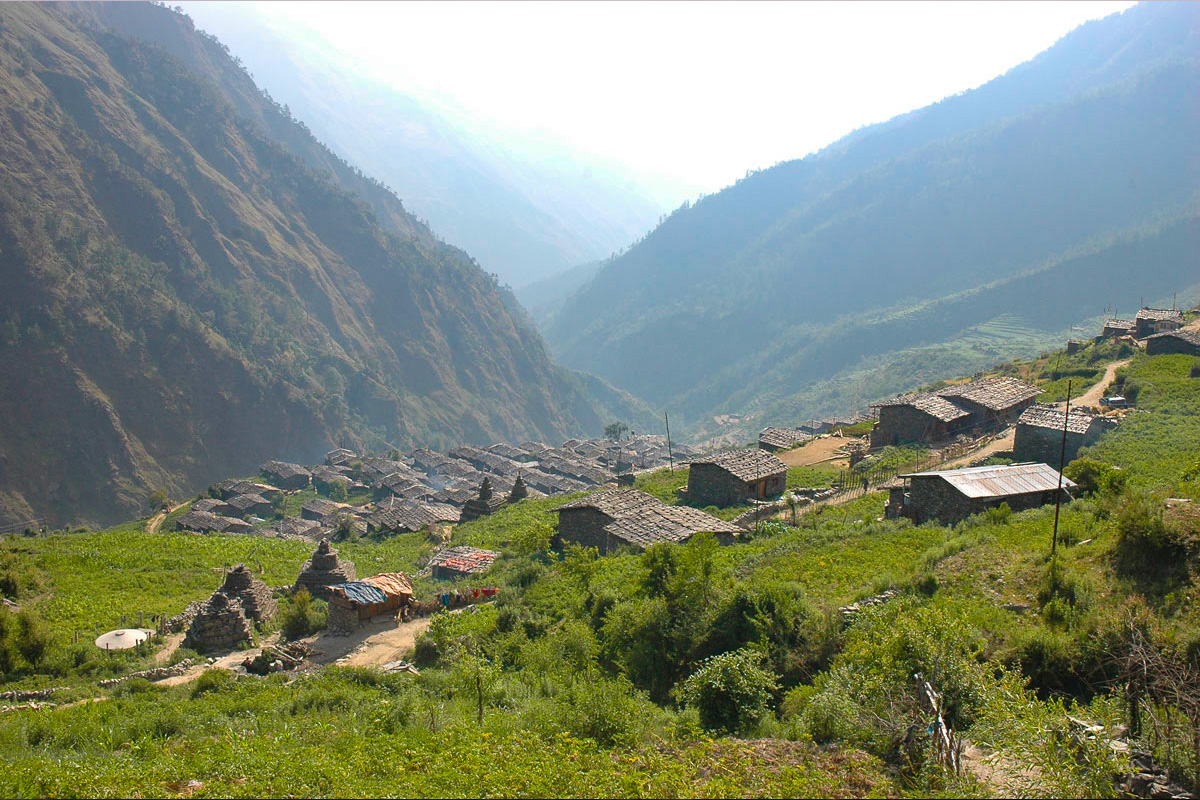
Day 4: Rest Day
Day 5: Trek from Chalish Village to Tipling
Altitude: 2,087 m
Trekking Hours: 3-4 hours
Day 6: Trek from Tipling to Pasang Pass (3,850 m) and then to Somdang Village (3,320 m)
Altitude: Pasang Pass 3,850 m; Somdang Village 3,320 m
Trekking Hours: 7-8 hours
Day 7: Trek from Somdang Village to Gatlang
Altitude: 2,238 m
Trekking Hours: 5-6 hours
Day 8: Trek from Gatlang to Syabrubesi
Altitude: 2,380 m
Trekking Hours: 5-6 hours
Day 9: Drive Back to Kathmandu
Best time to Trek to Ruby Valley
The best time to visit Ruby Valley is during spring (March to May) and autumn (September to November), when the weather is perfect for trekking. In spring, the valley bursts into color with blooming rhododendrons, creating a beautiful and refreshing landscape. The temperatures are mild for comfortable hikes, and the clear skies offer stunning views of the Ganesh Himal and nearby peaks. This season brings a feeling of renewal, as the area’s natural beauty is at its peak, offering trekkers a truly memorable experience.
Autumn is another best season to visit the Ruby Valley. After the monsoon rains, the air is crisp, and the sky is clear, providing ideal trekking conditions. The temperatures are just right—neither hot nor cold—making the trails easier to navigate. Autumn is also known for its stable weather, so you’re less likely to face sudden changes that could interrupt your trek. The fresh post-monsoon air enhances the trekking experience, making it a popular time for many visitors.
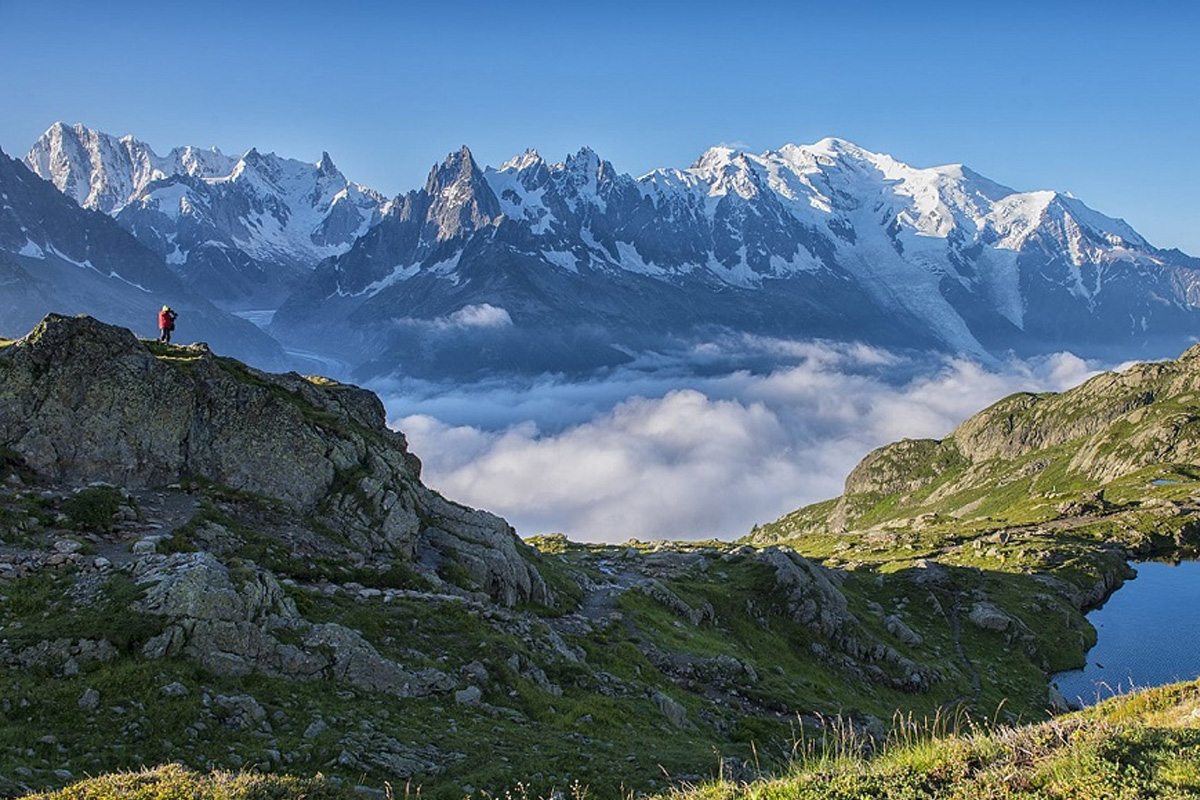
While you can trek to Ruby Valley in winter (December to February) or during the monsoon season (June to August), these times come with challenges. Winter can be quite cold, especially at higher altitudes where snow might cover the trails, making it hard to walk. However, the winter season in Nepal is peaceful, offering a quieter trekking experience with fewer people around. In the monsoon season in Ruby Valley, heavy rains lead to muddy trails and the risk of landslides. While the lush green scenery during this time is appealing, the weather can make the trek more difficult.
If you’re looking for solitude and adventure, winter and the monsoon season might still be worth considering, as long as you’re prepared for the conditions. However, for the best combination of beautiful scenery, comfortable weather, and safer trekking, spring and autumn are the top choices for visiting Ruby Valley.
How difficult is Ruby Valley Trek?
The difficulty level of Ruby Valley Trek is classified as a moderate trek, ideal for people with an average level of physical fitness and some trekking experience. It caters to trekkers who enjoy a bit of challenge while enjoying the breathtaking mountain landscapes.
This 7-9 day trek passes through a variety of landscapes, from lush forests to terraced fields and along high mountain ridges. The trails can be steep and uneven in some areas, which may pose a challenge for beginners. Trekkers need to walk for 5-7 hours daily at high altitudes.
The Ruby Valley Trek offers fewer accommodations with basic facilities than famous trails like Everest Base Camp or Annapurna Base Camp.
Beginners can complete the trek if they prepare both mentally and physically. Physical activities such as swimming, short hikes, or biking can help with preparation. Anyone with a sensitive medical condition, such as heart or lung problems, should consult a doctor before booking the trek.
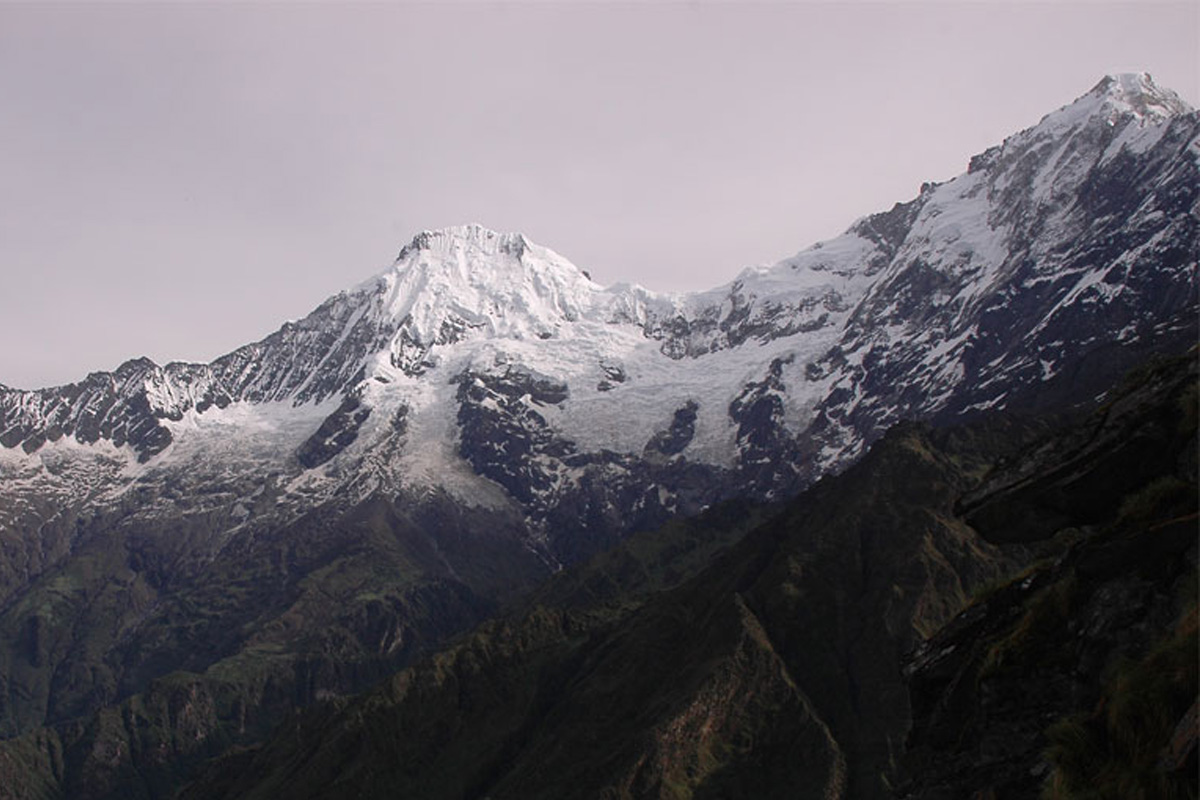
What should you pack for Ruby Valley Trek?
Clothing
Base Layers: Moisture-wicking thermal tops and bottoms
- Mid Layers: Fleece jacket or sweater
- Outer Layers: Waterproof and windproof jacket, insulated jacket (down or synthetic)
- Trekking Pants: Quick dry, breathable trekking pants
- Trekking Shirts: Lightweight, quick-dry shirts (long and short-sleeved)
- Hat: Sun hat or cap and warm hat for cold weather
- Gloves: Lightweight gloves and warm gloves
- Socks: Moisture-wicking hiking socks (3-4 pairs)
- Underwear: Quick dry underwear (3-4 pairs)
Footwear
- Trekking Boots: Waterproof, sturdy trekking boots
- Lightweight sandals or comfortable shoes are ideal for camping
Gear
- Backpack: Comfortable daypack or trekking backpack (40-50 liters)
- Sleeping Bag
- Trekking Poles: Adjustable trekking poles
- Headlamp/Flashlight with extra batteries
Accessories
- Sunglasses: UV-protected sunglasses
- Sun Protection: Sunscreen, lip balm with SPF
- First Aid Kit: Basic first aid supplies including blister treatment
- Personal Hygiene Items: Toothbrush, toothpaste, hand sanitizer, wet wipes, and any personal medications
How is the food and accommodation in Ruby Valley?
Accommodation at Ruby Valley Trek offers a basic yet convenient, authentic local experience. Small tea houses or homeshelters in local villages have simple rooms with two bedrooms and a shared bathroom. While blankets are usually provided, it is advisable to bring a sleeping bag for maximum warmth and comfort.
In remote areas, amenities are limited. Electricity and hot water may be scarce. In some places, community halls or temporary camps offer more basic lodging.
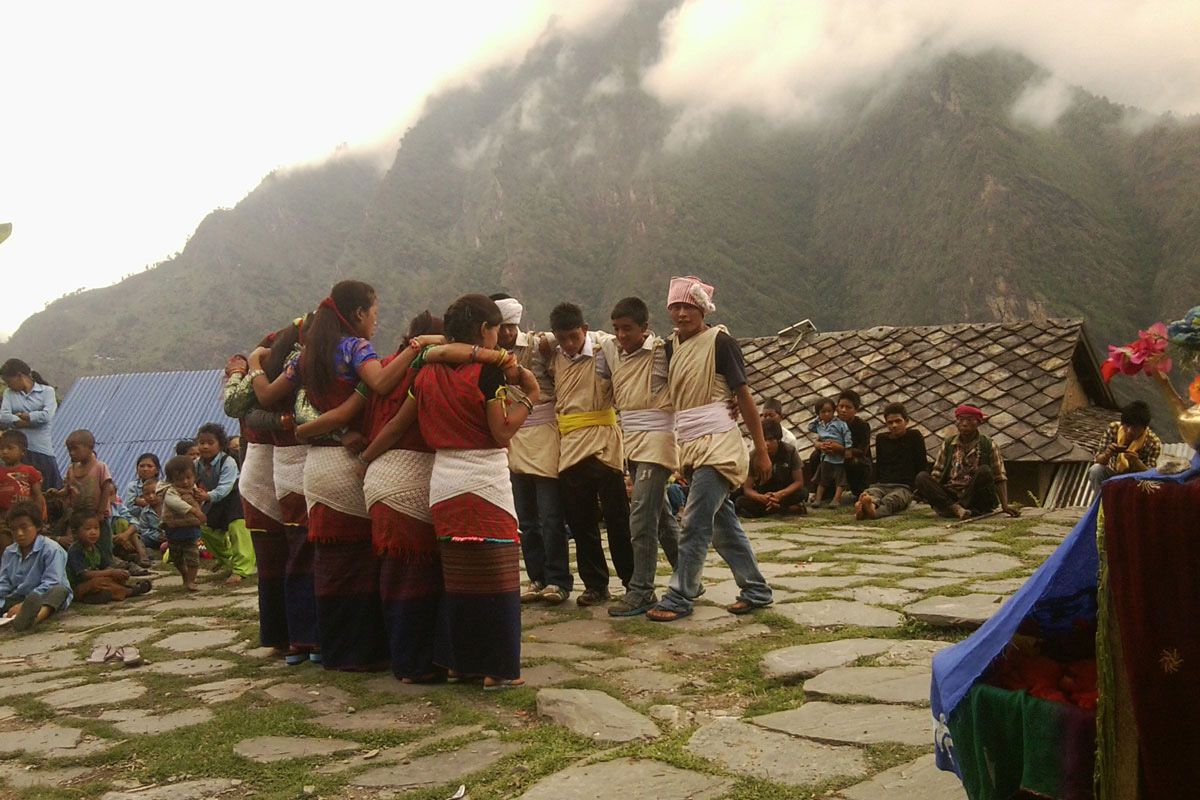
Meals are served in common dining areas, providing opportunities to network with colleagues and community members. The food is simple but delicious, providing the energy needed for the hike. There is a mix of Western cuisine with Nepalese flavors, and dalbhat (a traditional dish of lentils, rice, and vegetables) is often served. Other common choices include noodle soup (Thukpa), momos (dumplings), and simple pasta dishes.
Breakfast is usually porridge, eggs, and bread, which is a solid start to the day. Tea is sold everywhere, and some places even serve essential coffee. For health and safety, stick to boiled or purified water and avoid raw vegetables. Safe drinking water during the trek is generally available, but verifying its source is always a good idea.
Permits and entrance fees required for Ruby Valley Trek
The Ruby Valley Trek requires two permits: the Langtang National Park entrance fee (Nrs 3000 per person) and a TIMS Card, which is needed for all trekkers in Nepal.
Is a solo Trip possible for Ruby Valley Trek?
A solo trip to Ruby Valley is possible for individual tourists who want to explore privately. However, it’s not recommended to travel alone in this less-explored area due to limited accommodations. Staying in homestays is often necessary, and having a reliable map and possibly a GPS device is crucial since the trails may not always be clearly marked.
Safety is an important factor to consider, as the trek involves crossing high passes and remote areas. Having some previous trekking experience can be beneficial. It’s advisable to hire a local guide to support the community and promote sustainability.
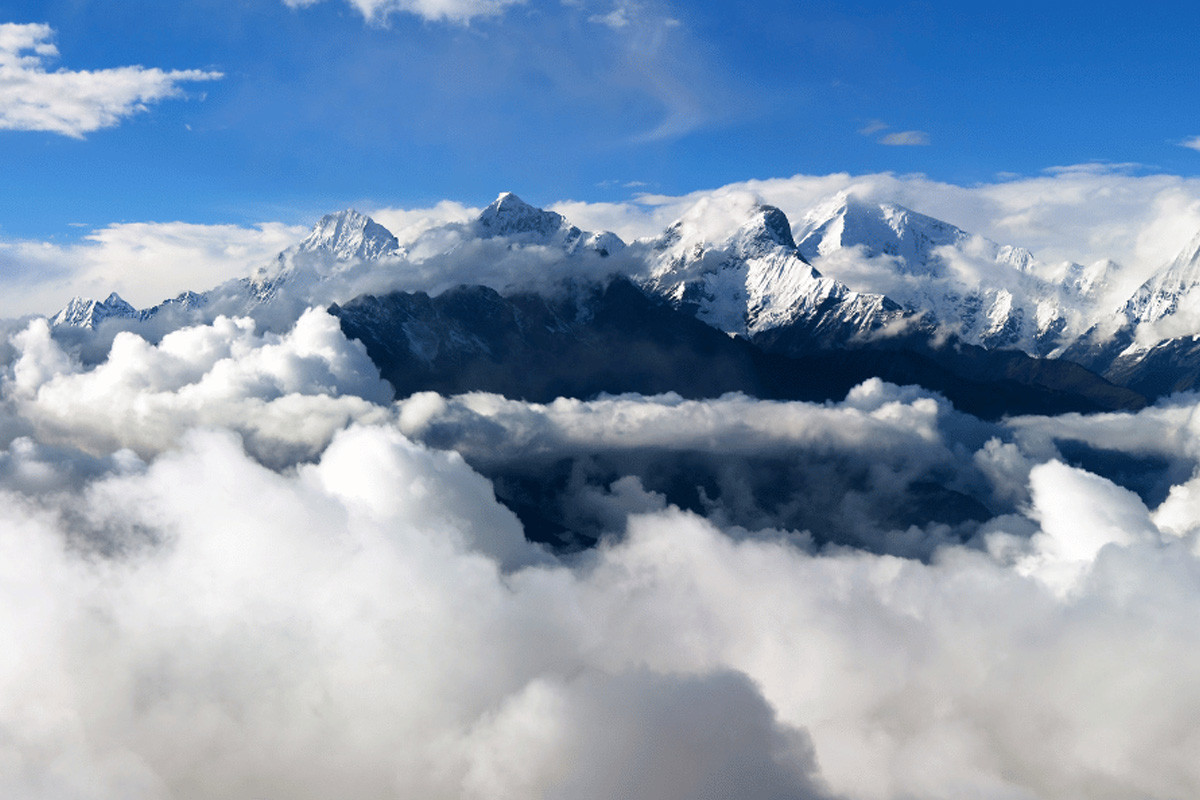
When traveling alone, language barriers may arise, especially since most of the stay will be in homestays, making communication with locals more challenging. Traveling with a local trekking agency or guide can help plan and organize the trip, including arranging the necessary permits and ensuring the current conditions of the trails.
How is the facility of internet, mobile network, and electricity in Ruby Valley Trek?
Internet and mobile network coverage on the Ruby Valley Trek is limited. Most homestays offer some internet access, so trekkers can stay connected at certain points. However, the network is unavailable after reaching Chalish village at Pangsang Pass, so trekkers should expect to be disconnected for the latter part of the trek.
Electricity is better but still limited. Homestays provide basic charging facilities, allowing trekkers to recharge devices. Due to the remote nature of the trek and potential power shortages, carrying a power bank is highly recommended. This portable charger ensures that phones, cameras, and GPS units remain operational, especially where charging facilities might be scarce or unreliable.
Conclusion
The Ruby Valley Trek offers a unique adventure for those looking to explore less crowded trails in Nepal. Located between Langtang National Park and Manaslu Conservation Area, this trek features stunning views of the Ganesh Himal range, lush forests, and terraced fields. Trekkers can experience local culture through homestays with the Tamang and Gurung communities. The trek, which lasts 7 to 14 days, includes different routes, making it suitable for various interests. Spring and autumn are the best times to visit, providing ideal weather for trekking. Although it can be moderately challenging, the journey promises breathtaking scenery and a genuine connection with nature and local people.
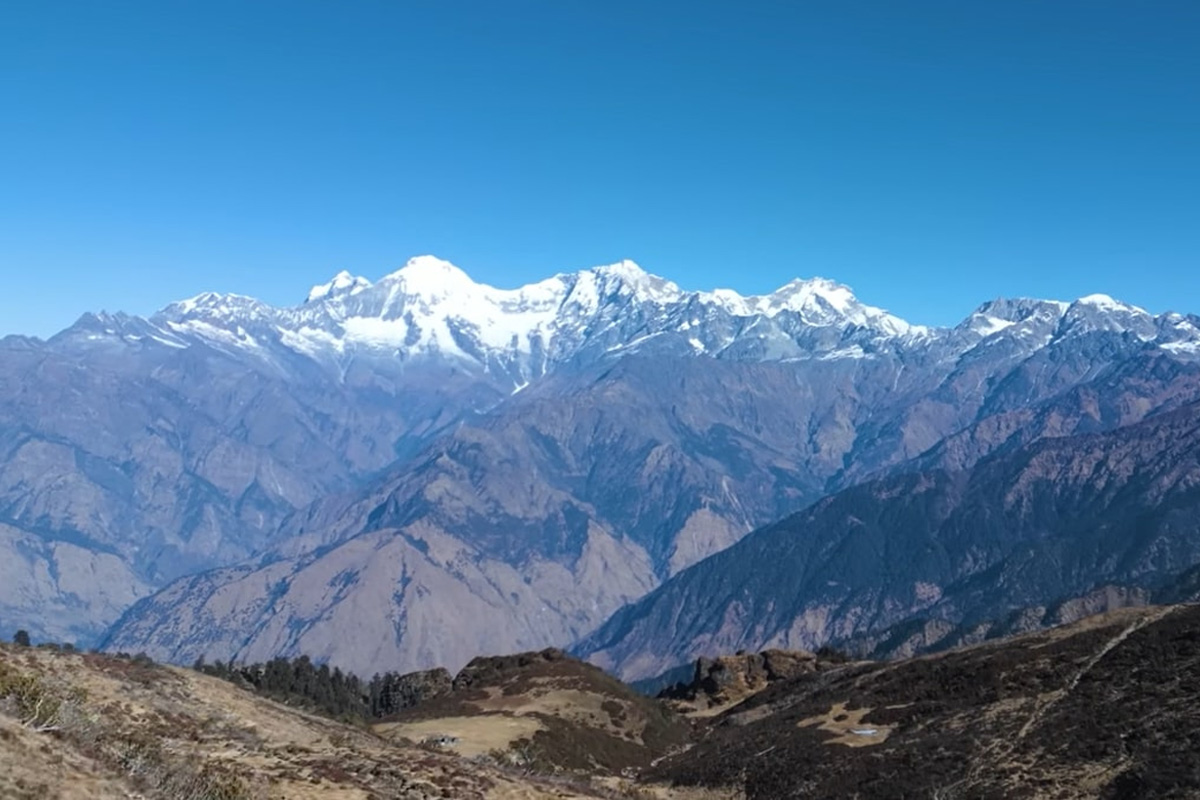
Frequently Asked Questions
How much does it cost to trek to Ruby Valley?
The Ruby Valley trekking cost typically ranges from $700 to $1,200 for a guided trek, including permits, accommodation, meals, and transportation.
How do I get to Ruby Valley?
You can reach Ruby Valley by taking a bus or jeep from Kathmandu to Dhading Besi or Syabrubesi, the starting point for the trek. The drive takes about 4-5 hours.
Is a guide necessary for the Ruby Valley Trek?
It's possible to trek independently, but it's best to hire a guide. The Ruby Valley is a less-traveled path, and a local guide can help you navigate, share cultural insights, and keep you safe.
What are the main attractions of the Ruby Valley Trek?
The trek offers stunning views of Ganesh Himal, Langtang Himal, and Manaslu, as well as beautiful rhododendron forests, terraced fields, and traditional villages.










